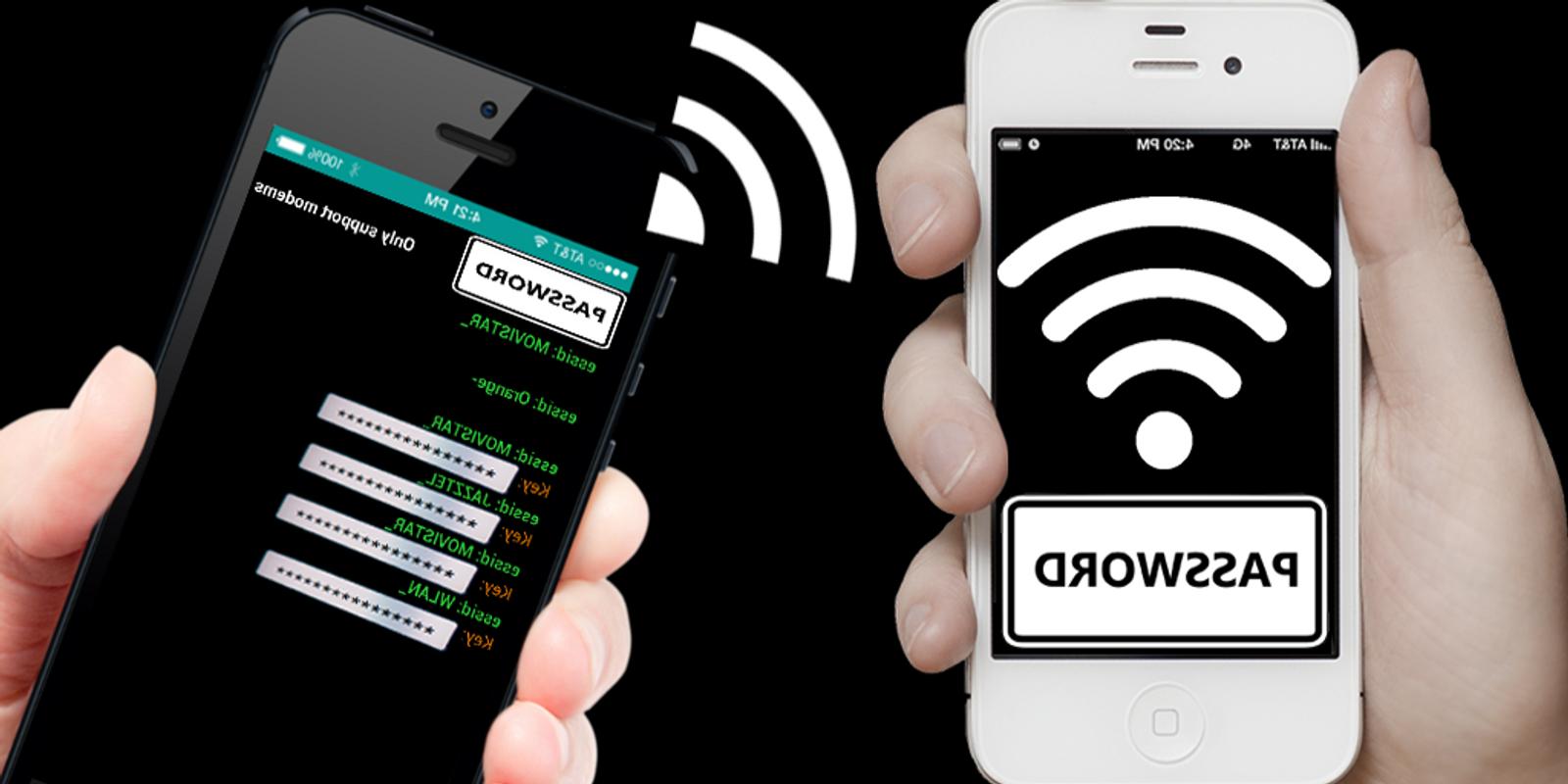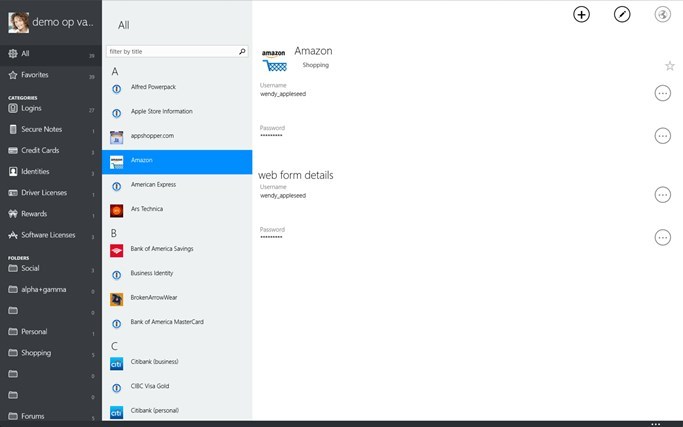- One Password App Download
- One Password Windows
- One Password Download For Windows
- One Password For All Devices
With 1Password you only ever need to memorizeone password. All your other passwords and important information are protected behind the one password only you know. 1Password manages everything for you: generating, saving, and filling your passwords. Yes, all customers will need to download the new app. The old Dominion Energy apps will expire and no longer be functional. If you currently have a Dominion Energy app, you will receive an in-app notification letting you know a new app is available and it will direct you to download it. Download our app and browser extension and sign in with your 1Password account. Download 1Password. Choose your operating system from the options below. MacOS iOS Windows Android Linux Chrome OS Command Line. Get 1Password in your browser. 1Password works everywhere you do, including on Linux or Chrome OS. Easily sign in to sites, use. 147: Password Sniffer Console 3.0. Password Sniffer Console is the free all-in-one command-line based Password Sniffing Tool to capture Email, Web and FTP login. 17 Jun 2016: Download. 148: Password Sniffer Spy 6.0. Password Sniffer Spy is the all-in-one Password Sniffing Tool to capture your Email, Web and FTP login passwords. A password manager, digital vault, form filler and secure digital wallet. 1Password remembers all your passwords for you to help keep account information safe.

Time-based One-time Password (TOTP) is a computer algorithm that generates a one-time password (OTP) which uses the current time as a source of uniqueness. An extension of the HMAC-based One-time Password algorithm (HOTP), it has been adopted as Internet Engineering Task Force (IETF) standard RFC 6238.[1]
TOTP is the cornerstone of Initiative for Open Authentication (OATH), and is used in a number of two-factor authentication (2FA) systems.
History[edit]
Through the collaboration of several OATH members, a TOTP draft was developed in order to create an industry-backed standard. It complements the event-based one-time standard HOTP, and it offers end user organizations and enterprises more choice in selecting technologies that best fit their application requirements and security guidelines. In 2008, OATH submitted a draft version of the specification to the IETF. This version incorporates all the feedback and commentary that the authors received from the technical community based on the prior versions submitted to the IETF.[2] In May 2011, TOTP officially became RFC 6238.[1]

Algorithm[edit]
To establish TOTP authentication, the authenticatee and authenticator must pre-establish both the HOTP parameters and the following TOTP parameters:
- T0, the Unix time from which to start counting time steps (default is 0)
- TX, an interval which will be used to calculate the value of the counter CT (default is 30 seconds)
Both the authenticator and the authenticatee compute the TOTP value, then the authenticator checks if the TOTP value supplied by the authenticatee matches the locally generated TOTP value. Some authenticators allow values that should have been generated before or after the current time in order to account for slight clock skews, network latency and user delays.

TOTP uses the HOTP algorithm, substituting the counter with a non-decreasing value based on the current time.
- TOTP value(K) = HOTP value(K, CT)
Calculating counter value:
Where:
- CT is the count of the number of durations TX between T0 and T
- T is the current time in seconds since a particular epoch
- T0 is the epoch as specified in seconds since the Unix epoch (e.g. if using Unix time, then T0 is 0)
- TX is the length of one time duration (e.g. 30 seconds)
Unix time is not strictly increasing. When a leap second is inserted into UTC, Unix time repeats one second. But a single leap second does not cause the integer part of Unix time to decrease, and CT is non-decreasing as well so long as TX is a multiple of one second.[original research?]
Security[edit]

TOTP values can be phished like passwords, though this requires attackers to proxy the credentials in real time.[3]
An attacker who steals the shared secret can generate new, valid TOTP values at will. This can be a particular problem if the attacker breaches a large authentication database.[4]
Because of latency, both network and human, and unsynchronised clocks, the one-time password must validate over a range of times between the authenticator and the authenticatee. Here, time is downsampled into larger durations (e.g., 30 seconds) to allow for validity between the parties. For subsequent authentications to work, the clocks of the authenticatee and the authenticator need to be roughly synchronized (the authenticator will typically accept one-time passwords generated from timestamps that differ by ±1 time interval from the authenticatee's timestamp).[1] TOTP values are typically valid for longer than 30 seconds so that client and server time delays are accounted for.[1]
See also[edit]
One Password App Download
References[edit]
One Password Windows
- ^ abcd'RFC 6238 – TOTP: Time-Based One-Time Password Algorithm'. Archived from the original on July 11, 2011. Retrieved July 13, 2011.
- ^Alexander, Madison. 'OATH Submits TOTP: Time-Based One Time Password Specification to IETF'. Open Authentication. Archived from the original on 23 January 2013. Retrieved 22 February 2010.
- ^Umawing, Jovi (21 January 2019). 'Has two-factor authentication been defeated? A spotlight on 2FA's latest challenge'. Malwarebytes Labs. Archived from the original on 25 September 2020. Retrieved 9 August 2020.
- ^Zetter, Kim. 'RSA Agrees to Replace Security Tokens After Admitting Compromise'. WIRED. Archived from the original on 12 November 2020. Retrieved 17 February 2017.
External links[edit]
One Password Download For Windows

One Password For All Devices
- Designing Docker Hub Two-Factor Authentication, (section 'Using Time-Based One-Time Password (TOTP) Authentication').
